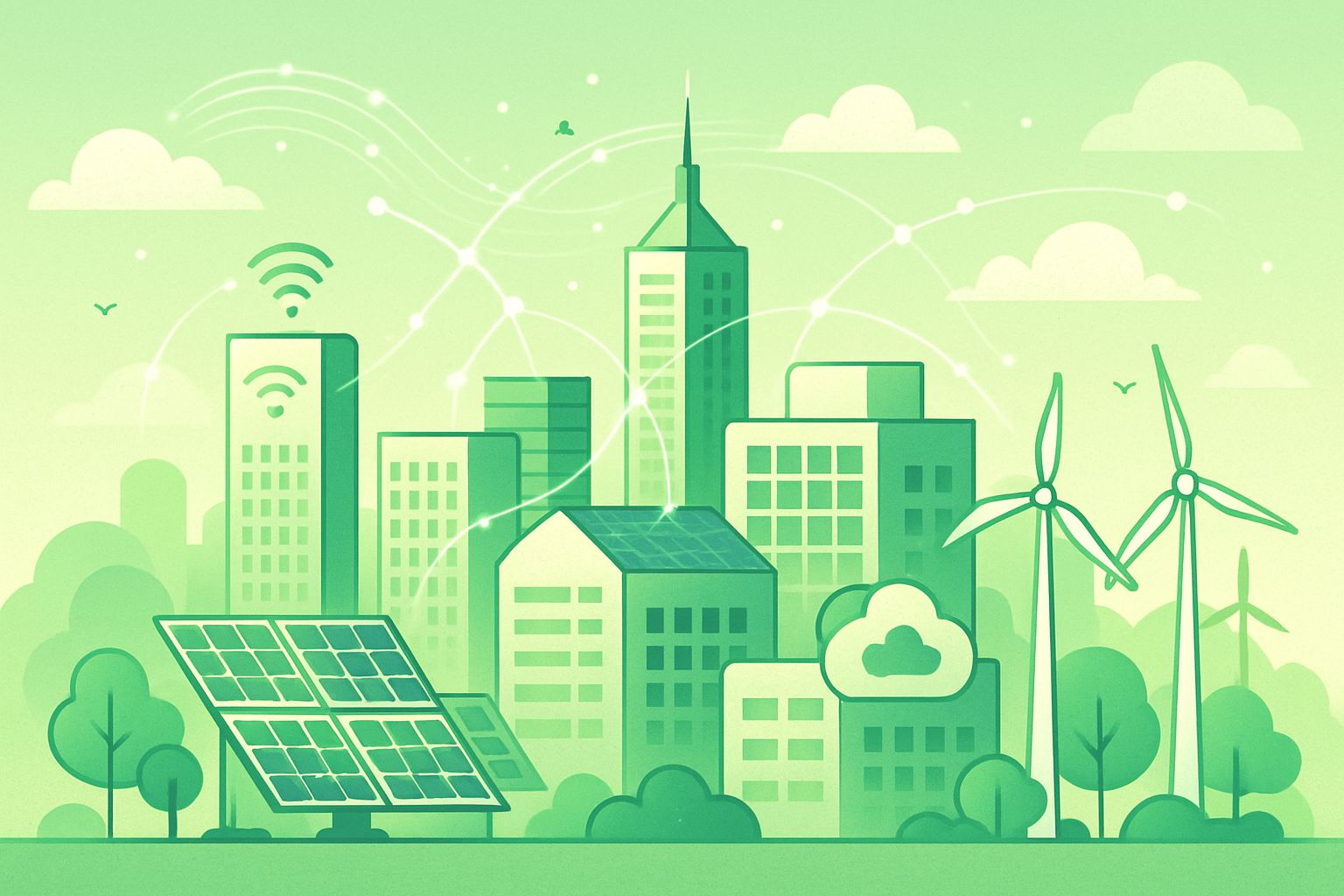
AI CERTS
1 day ago
Tuya’s COP30 Debut Advances AIoT Sustainability Solutions
COP30 Sets Collaboration Stage
COP30 marked a decisive moment for climate technology. The summit convened leaders, investors, and innovators in Brazil. Moreover, the UN Solutions Hub received its official unveiling on 13 November. GeSI and the UNFCCC Innovation Hub endorsed the model as an open bridge for solutions. Meanwhile, Tuya highlighted its role as a featured partner. The company argued that AIoT Sustainability turns scattered devices into coordinated energy assets. COP30 delegates applauded the practical tone.

These events underline rising digital cooperation. However, real success depends on verifiable outcomes. The next section explores the platform behind that ambition.
Inside the UNSH Platform
The UN Solutions Hub functions as a matchmaking marketplace. It links cities, financiers, and vendors inside one digital repository. Additionally, Tencent supports the backend architecture, while GeSI manages governance. Users upload project data, standards, and funding needs. Consequently, policymakers browse vetted proposals without lengthy cold calls. Tuya plans to display energy optimization playbooks here. Importantly, four regional pilots are scheduled for Brazil during 2026.
Platform leaders stress neutrality and transparency. Nevertheless, questions remain on vendor lock-in rules and data residency. These governance details will shape trust. Transitioning now, we examine Tuya’s concrete use cases.
Tuya’s AIoT Energy Case
Tuya claims its Home Energy Management System cuts household electricity by 25–30 percent. Furthermore, French pilots with Xanlite, Mazda, and Thaleos support the statement. The platform connects thermostats, solar inverters, and batteries under one algorithm. Therefore, devices shift loads when tariffs dip or solar peaks.
Smart Energy Savings Claim
Independent verification is pending. In contrast, Tuya cites 1.5 million global developer accounts as proof of scale. Smart Energy managers admire the reach, yet they urge transparent metering studies. Meanwhile, Tuya positions the results as evidence that AIoT Sustainability can thrive today.
Quantified results strengthen investor confidence. However, market context offers broader perspective, as the next analysis shows.
Market Numbers Show Momentum
Analysts project the global HEMS market to hit USD 20–22 billion by 2035. Moreover, Future Market Insights forecasts a 17.7 percent CAGR from 2025. In contrast, GMI Insights cites similar growth trajectories. Smart Energy demand drives these curves, while policy incentives accelerate adoption.
- Over 3,000 product categories connect through Tuya’s cloud.
- 1,514,000 developers span 200 regions, according to June 2025 data.
- Four COP30 showcase sessions highlighted AI-driven energy orchestration.
- Market estimates cluster between USD 4 billion and USD 6 billion for 2025.
The data signals expanding opportunity. Consequently, investors weigh benefits against emerging risks. Those risks warrant closer inspection next.
Risks and Open Questions
Data privacy dominates stakeholder concerns. Additionally, cross-border transfer rules tighten in Europe and Brazil. Tuya’s SEC filings list cybersecurity as a material risk. Therefore, independent audits will be critical. Meanwhile, some governments scrutinize Chinese cloud providers for procurement.
Another challenge involves claim verification. Tuya’s savings numbers lack third-party peer review. Nevertheless, AIoT Sustainability advocates argue that early pilots still offer direction. Furthermore, platform interoperability raises lock-in fears inside the UN Solutions Hub. Regulators may demand open standards before funding large rollouts.
These hurdles highlight governance gaps. However, structured next steps could mitigate uncertainty, as the following section explains.
Next Steps For Stakeholders
City managers should request detailed metering reports before procurement. Moreover, developers can test sandbox APIs on the Hub. Professionals can enhance their expertise with the AI Foundation™ certification. Consequently, teams gain credentials that validate algorithm literacy.
Policy leads in Brazil plan four pilots following COP30. Additionally, GeSI promises a governance white paper within six months. The UN Solutions Hub will publish vendor assessment criteria afterward. Meanwhile, Tuya schedules regional workshops promoting Smart Energy co-development.
Aligned action can close current gaps. Therefore, sustained cooperation will determine whether AIoT Sustainability achieves global scale.
Collectively, these insights map a complex yet promising path forward.



